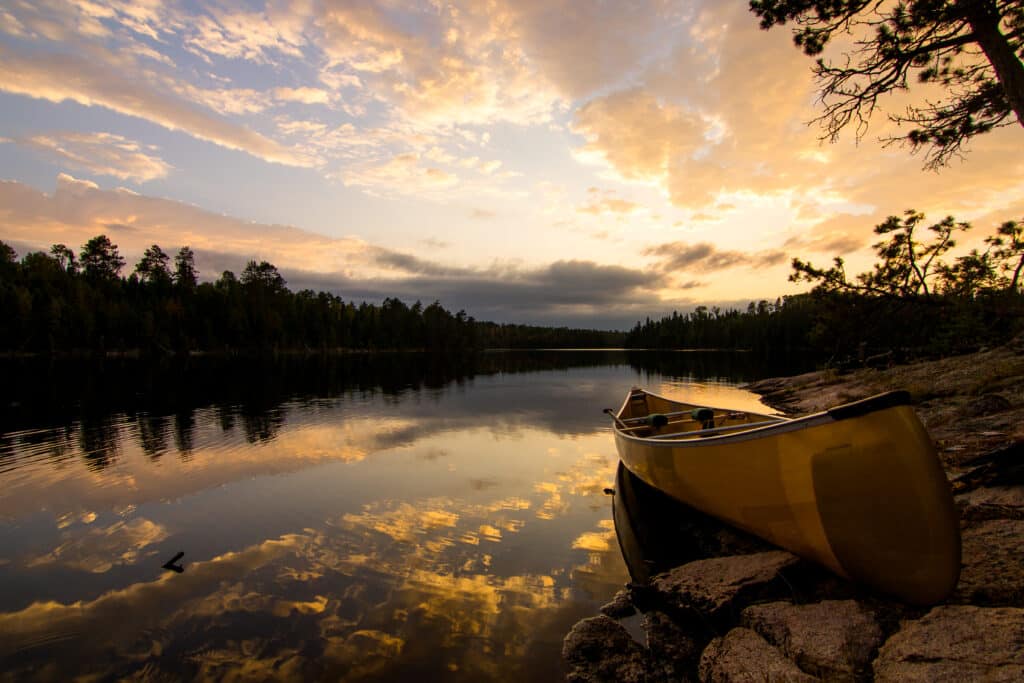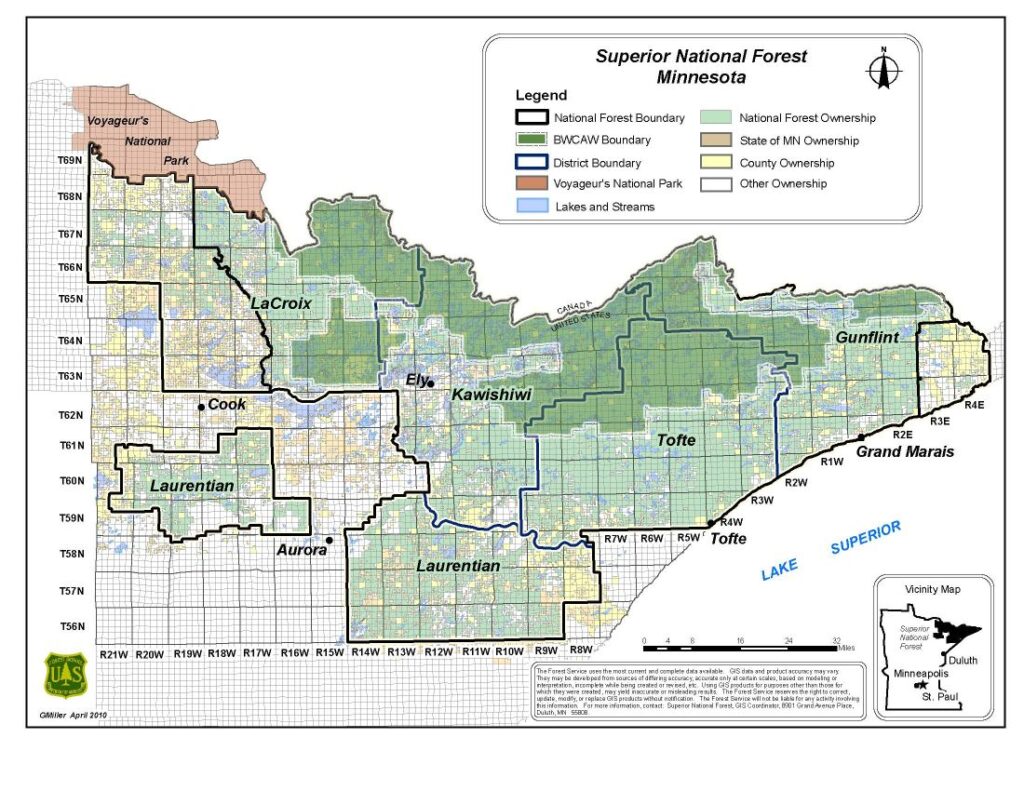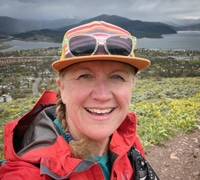
The USFS – Superior National Forest (SNF) recently gathered with individuals and organizations interested in the Boundary Waters Canoe Area (BWCA). This group, now called the BWCAW Collaborative, is working together to foster learning and understanding of forest stewardship. The collaboration emerged from recognizing people’s interest in new engagement opportunities with the Forest Service. The Forest Service engaged an environmental mediation agency to facilitate and guide the group. The goal is to create a space where everyone can discuss issues, and concerns, and seek clarity on various matters.
While members of the collaborative come from diverse backgrounds, experiences, and perspectives, they all have one thing in common; they care deeply about the Boundary Waters.
“I think it’s a good move for the Forest Service to gather input from diverse groups of BWCA users”, Jason Zabokrtsky, Owner of Ely Outfitting Co. told QSWN. He went on to add, “The real benefit of this [collaborative] is that there is an opportunity for representatives of stakeholders to have a seat at the table with the Forest Supervisor, Tom Hall, and the wilderness program manager for the BWCA. We’re all sitting at the same table.”
Working towards common goals
Facilitators from the John S. McCain III National Center for Environmental Conflict Resolution (National Center) are guiding the newly formed group. They will maintain this role for the foreseeable future.
Parties in the collaborative include officials from the SNF and MN DNR, outfitters, environmental advocates, outdoor educators, water quality specialists, and wilderness enthusiasts, amongst others. The National Center facilitated a confidential assessment with a variety of individuals and organizations in June 2023. The participants emphasized the significance of collaborative efforts and clear objectives concerning the BWCAW.
Goals of the collaborative
The goal of the initiative is “To create a forum that brings together a wide variety of interest groups to exchange ideas and diverse perspectives and to foster shared learning and discussion with the Forest Service on the stewardship of the Boundary Waters Canoe Area Wilderness in the context of wilderness laws, regulations, policy, and guidance.”
The SNF aims to engage in conversation and share information. Thus, they communicate that the group doesn’t function as an advisory committee to the Forest Service. Instead, they serve as a platform for providing input and fostering a shared understanding. The Forest Service, as guided by laws still has the final say. However, they emphasize the benefit of cultivating relationships with wilderness users. This structure allows for fluid discussions as issues or topics arise.

First on the agenda
One of the first agendas of the group was to discuss and understand the development of the Forest Plan Amendment process. The current plan is over 30 years old, and according to the USFS, needs updating. Because of this, the agency has gleaned input from nearby tribes, local communities, interested parties, and the public, they have been taking comments to update the aging plan.
“Changes to our Forest Plan can better position the Forest to restore and preserve wilderness character and meet the purposes of wilderness described in the 1964 Wilderness Act and 1978 BWCAW Act,” says Tom Hall, Forest Supervisor, Superior National Forest, “The management direction for the BWCAW was last updated in 1993. Our implementation and monitoring over the past 30 years, and changes to national wilderness management policy and guidance, has highlighted several issues affecting wilderness character in the BWCAW and the wilderness experience for visitors.”
Even though individuals of the collaborative have commented on the plan, they do not have a collective say in how the plan is amended. Ultimately, the responsibility of the plan falls on USFS Supervisor, Tom Hall. The final plan, which includes environmental analysis and additional decision-making steps, is expected to conclude sometime in 2026.
Next steps
The goals of this initial session were to identify 3-5 topics for the collaborative to focus on through the rest of the year. In the end, they are considering topics such as visitor use, fire management, impacts and restrictions outside of the wilderness boundary, water quality, motorized use, as well as labor and workforce (as it relates to community services in gateway communities).
Although the first meeting took place this past April, the BWCAW Collaborative intends to continue discussions and build relationships while establishing ongoing work groups. Another formal meeting is tentatively planned for the fall.
More information:
- The Boundary Waters Canoe Area Wilderness Collaborative – USFS – Superior National Forest
- Boundary Waters Canoe Area Wilderness (BWCAW) Collaborative – April Meeting Summary

Wilderness guide and outdoorswoman Pam Wright has been exploring wild places since her youth. Remaining curious, she has navigated remote lakes in Canada by canoe, backpacked some of the highest mountains in the Sierra Nevada, and completed a thru-hike of the Superior Hiking Trail. Her professional roles include working as a wilderness guide in northern Minnesota and providing online education for outdoor enthusiasts.

